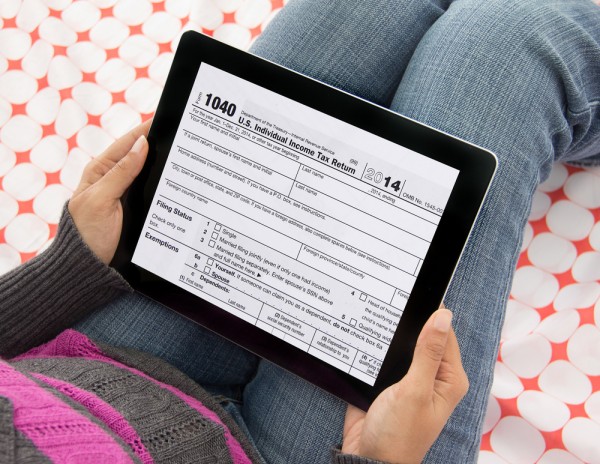The government uses a lot of technology, and the current administration established the position of Chief Technology Officer as a step to increase the use and efficiency of technology in government. Today is Tax Day in the United States and for our global readers that’s April 15, which is the deadline here in the United States when the U.S. government requires tax returns to be filed. Being tech-curious, I was doing some reading about the e-File program that the IRS put into place in the mid 1980s. I found the story to be a textbook case for the advantages of modernizing a complex business process.
The IRS e-File initiative was a response to the increasing complexity of the processing tax returns being filed on paper forms. There were many anecdotal stories around that process where errors abounded that both citizens and tax professionals can attest to and had to deal with on a daily basis. It was around 1986 that the IRS R&D department suggested that electronic filing would provide many advantages that are very common today in our modern business and technical landscapes. In the trial that was run many of the hardware and software solutions available in that period were used. Data was transmitted over modem, stored on magnetic tape, which was loaded into COBOL programs for processing. I remember all these well having dealt with them at various times in my early career. The project showed enough promise that it was pursued and eventually as one IRS Commissioner has said became one of the federal government’s most successful programs.
When the project moved past the trial period, it processed about 78,000 tax returns in a limited trial that first year (1987) and added a direct deposit for refunds to the benefits for citizens. As people and tax professionals became more interested, the popularity grew. In 1990, when the program went nationwide, 4.2 million electronic returns were handled. All the while, the technology was refined and improved.
In 2004, a new initiative started called the “Modernized e-File Program”. With the new initiative and over the next several years the technology improved and the system became easier to use for both individual citizens and tax professionals (and also added many more IRS forms to the capabilities) which resulted in exceeding 100 million e-Filed returns in 2011 and much more today.
The advantages are well known. Faster processing of returns and less errors as systems rely on automatic processing and business rules. With electronic funds transfers becoming more common, the average citizen can file taxes easier and get results quicker than ever before. True, this doesn’t help organize that “shoebox full of receipts” but by making the tax filing system easier and more efficient the tax burden seems a little less daunting when April 15th comes around.
Given recent issues with the healthcare website and other technology-related stories that come up in government, I found it somewhat refreshing to read about one initiative that seems to have gotten things right.
More Reading

